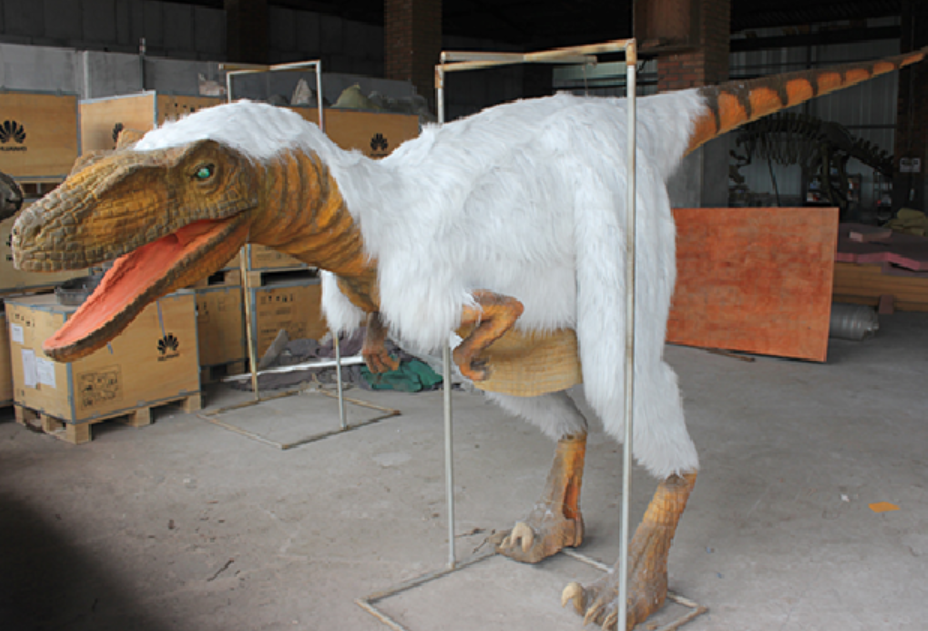-
How Animatronic Dinosaurs Got Their Look
- Posted on March 3, 2017
- by Himi
- in WikiDino
- Comments Off on How Animatronic Dinosaurs Got Their Look
When Jurassic Park was released in 1993, the animatronic dinosaurs were revolutionary. Everyone remembers the first time they saw this iconic movie. The dinosaurs were praised for how realistic they looked, how scary. And while it cannot be questioned that the filmmakers responsible for creating these dinosaurs succeeded in making believable predators on the big screen, how do we know that the dinosaurs portrayed in this, and in most other films containing dinosaurs, are accurate representations of these reptilian beasts of the mesozoic era? Jurassic Park has at this point set the standard for what a dinosaur looks like, but where did the filmmakers get their inspiration from?
Paleontologists have been studying the bones and fossils left behind by dinosaurs for years now, and they are still discovering things even now. Our understanding of what a dinosaur would have looked like has seriously grown and evolved over the years, even since the first Jurassic Park movie was released, which was only 24 years ago. That is not a long period of time at all, considering how far apart in time our two species are. Fossils have told us that actually, many dinosaurs had feathers, and were more like birds than reptiles. These feathers did not help them fly, but they did help protect them from cold and help them communicate with each other. Some dinosaurs did have scaly skin reminiscent of that which is seen in most films, but these were almost always water-dwelling species. Some fossils even contain pigment which is preserved enough for scientists to make pretty well-informed guesses about what color some dinosaurs were.
Paleobiologists are scientists who study the biology of dinosaurs. This is done by looking at fossilized faeces and guts from dinosaurs, in addition to other fossils like eggs, in order to learn about the life of a dinosaur. By looking at the stomach contents and the faeces of dinosaurs, scientists can determine what those dinosaurs were eating. Looking at eggs helps these scientists gain insight and perspective into the growth patterns and genders of dinosaurs. This information is useful in determining whether a dinosaur skeleton is that of a baby or an adult.
Obviously, even with all of this information, there is still no way to really know exactly what a dinosaur looked like, and especially no way to know what a dinosaur sounded like. Since they existed so long ago, it is understandable that movies take so many liberties with creating an image of what dinosaurs should be. And it is also important to remember that while our understanding of what dinosaurs actually looked like is always changing, so too is the technology that we have available to create dinosaur representations. While animatronic dinosaurs were revolutionary in 1993, CGI dinosaurs are becoming increasingly popular in film. Perhaps sometime in the near future, someone will take the time to use the most updated version of history alongside the most updated technology, and produce a movie about feathered CGI dinosaurs growing up in the world.
If you enjoyed this article please consider sharing it!





